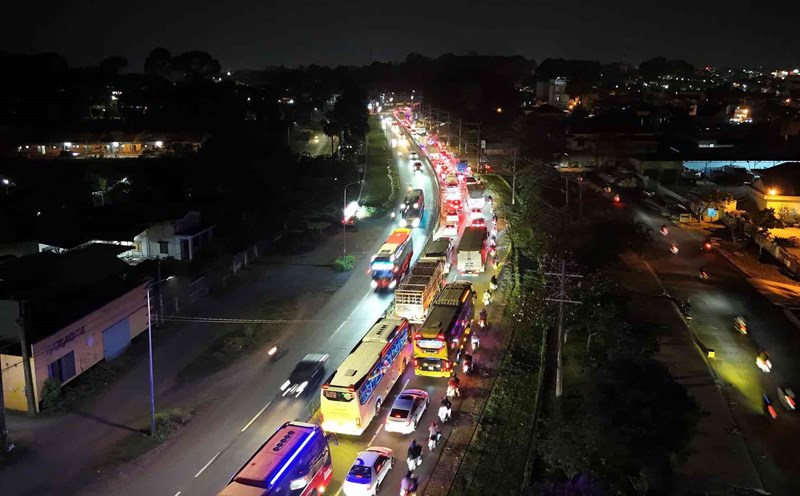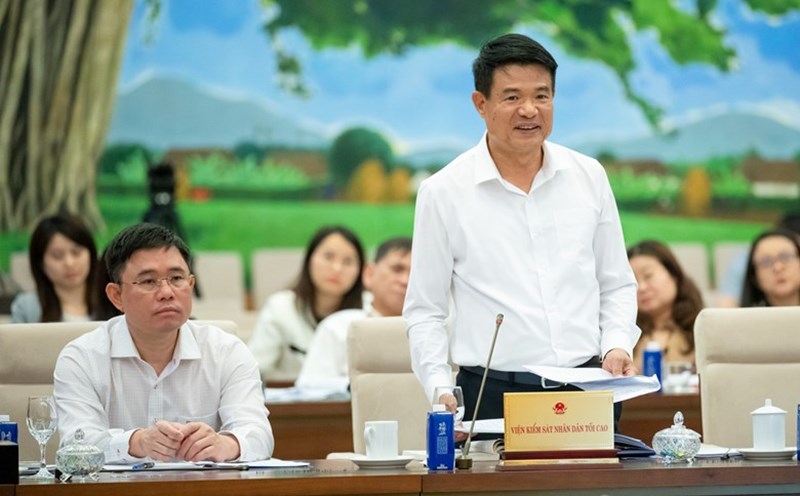On April 8, at the conference to deploy tasks for the second quarter of 2025, Chairman of the Gia Lai Provincial People's Committee - Mr. Rah Lan Chung requested relevant departments and branches to coordinate in preparing for the construction of the Quy Nhon - Pleiku expressway.
The project has a total length of about 123km, with a total preliminary investment of more than VND38,917 billion. Construction is expected to start in 2025 and be completed in 2029.
The expressway starts from National Highway 19B (Km39+200) in Nhon My commune, An Nhon town (Binh Dinh province) and ends at the intersection with Ho Chi Minh road (QL14), Pleiku city (Gia Lai province).
Of which, the section through Binh Dinh province is about 37.4km long; the section through Gia Lai province is about 85.6km long.
The expressway is designed with a scale of 4 lanes, with an operating speed of 100 km/h. Particularly the section through An Khe Pass and Mang Yang Pass (each section is about 20km long), due to the rugged mountainous terrain and high slopes, the design speed is adjusted down to 80 km/h.
In order to ensure a source of construction materials for construction, in March 2025, the provincial Department of Agriculture and Environment successfully auctioned 9 mineral mines.
The districts are currently continuing to propose additional exploitation to supplement supply in accordance with project progress and needs.
Regarding the appraisal work, the Government Office has requested the Ministry of Construction to advise on the establishment of a State Appraisal Council before April 10.
After that, the Ministry will coordinate with relevant ministries and branches to submit the project to the National Assembly before April 15, 2025.
The Chairman of Gia Lai People's Committee also assigned the Department of Construction to coordinate with the Ministry of Construction to complete the dossier, unify the direction and propose the project construction in accordance with the plan.
It is expected that when completed, the Quy Nhon - Pleiku expressway will play an important role in promoting the socio-economic development of the region, especially the Central Highlands.
The route will connect this area with deep-water seaports, expanding opportunities to bring goods and agricultural products to international markets.











